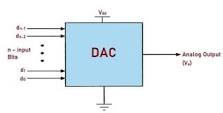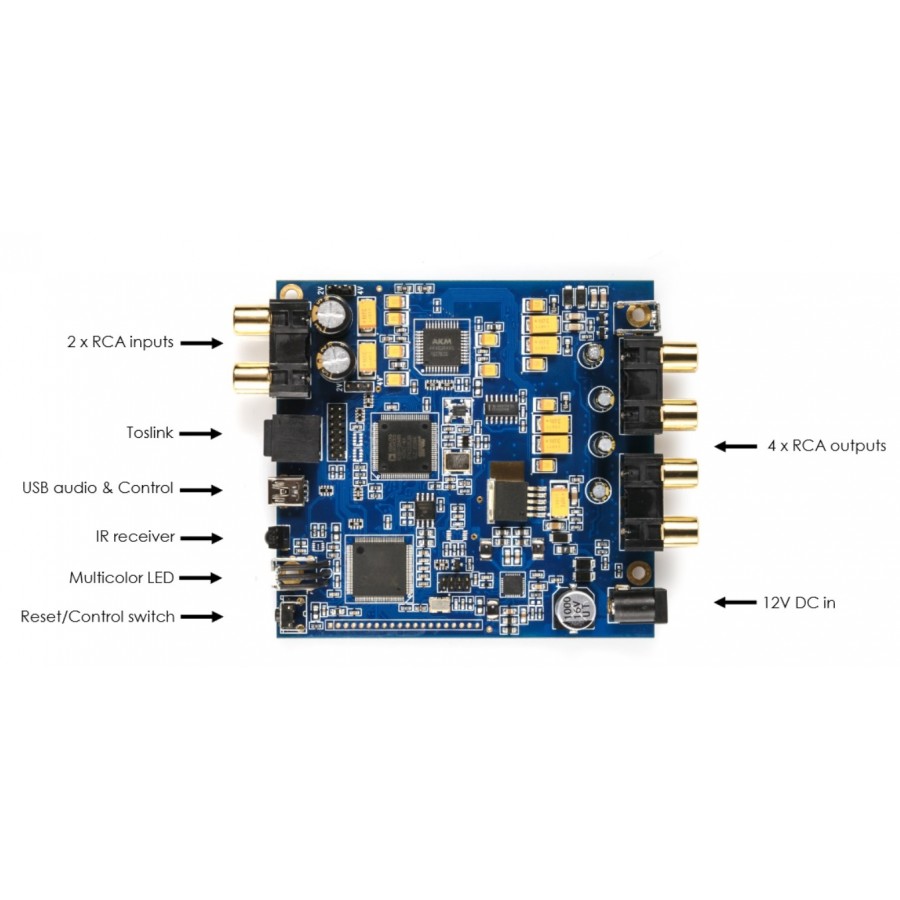Common belief is that op amps degrade the signal and that puts them out of Hifi application.
Who said this?
The
IEEE article that notes this is talking about Rectification operational amplifiers
Before going down this path because there is legitimate actual explanations and there are some reasons why op amps can introduce some unwanted effects in the audio signal chain I don't think it's going to be of much practical concern.
here is a
link to E.E. Times. they posted a three-part Series going over in depth of operational amplifiers principles of design and a bunch of other stuff that's easy to digest. however it seems that the first two articles have been taken down or behind a pay wall.
Here is a test to see if you can tell the differences with the basic Youtube test.
Thread
G'day all, I guess that this sounds suspiciously like the subject of 'op amp rolling, but actually it isn't. As much as I think that op amps do have a 'sound', in recent days I've been revisiting the LM4562 and sonically wise, to my ears it doesn't really have that 'typical' op amp signature, it ...

www.stereonet.com
A genreal of how they work in simple terms and characteristics.
And a General on why people change and upgrade them.
https://www.psaudio.com/askpaulvideo/what-are-op-amps/ (No Comercials)
Youtube
Now about your conundrum:
"
it requires two DA converters, inputs potentially more noise from multiple power supplies and then there is an issue of controlling the volume digitally. "
Okay. So, to make sure I understand your question:
-You are running an Active 2 way speaker.
-You are using a NanoDigi with 4 digital outputs.
-You are also using a MiniDsp with 4 analog outputs.
-You are also using two of some kind of digital to analog converter.
And what you want to do is eliminate the operational amplifiers? and somehow go directly digital into your speakers that you are running active?
So This for Digital sources. With this being where the Dual DAC's are since they are 2 channel dacs.
____________________________________________________________________________________
And this for analog sources:
___________________________________________________________________________________________
So if you could just post a photo on how you have your system set up this would absolutely help.
The reason why I ask, and pardon me if I have your objective incorrect is simply this.
Without out an OpAmp? How are you going to couple to your Amplifiers?
The Op Amp is right before the RCA.
Electrical Engineering Dictionary, Operational Amplifier Mono Amp circuit schematic, component values and operating description. Single channel speaker amplifier using an LM386 operational amplifier
www.interfacebus.com
You kind of need them a they are the Basics for amplification.
So as far as I know? You kind of need them. All of these from my understanding have some kind of implemenation of an Operational amplifier chip or circuit.
 Types of Digital to Analog Converter (DAC) (Links to video explanations bellow)
Types of Digital to Analog Converter (DAC) (Links to video explanations bellow)
So you kind of need an Op Amp someplace.
Seems to me you just need a 4 channel DAC. But you already have good ones. So? To remove noise?
Build this if Power supply noise is the primary concern. This is ZERO NOISE. You can't get better then this.
And you got to get this! The Best 12v AC Barrel plug ever made.





